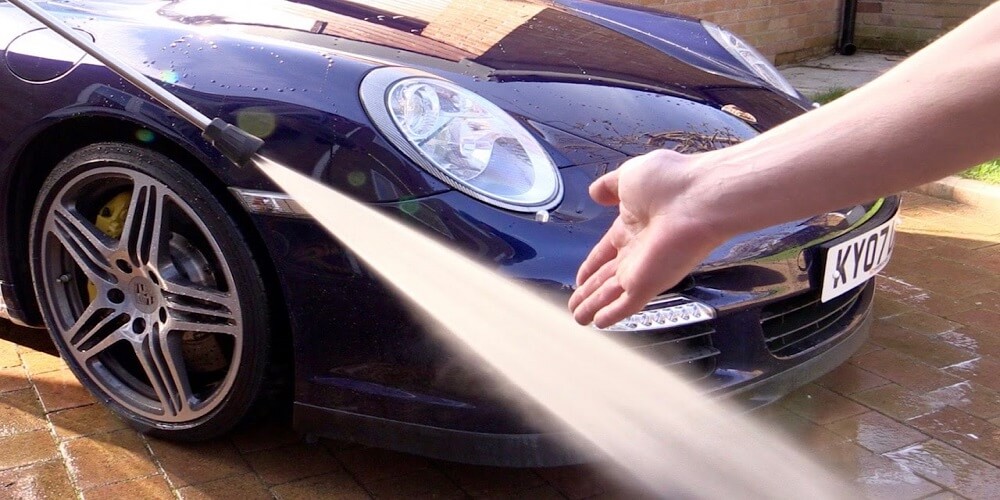So, if you’ve built a new home, it’s always a good idea to equip some solar panels too. Most people nowadays prefer installation of solar panels at the time when they build new homes, because that way, they can keep their lovely new homes lighted up and ensure that it never runs out of electricity. A 200 watt solar panel is very common in households. In this article, you’ll see the installation guide of a 200 watt solar panel.
200-watt Solar Panel Installation Guide
Determine Feasibility and Obtain Permits
- Assess your home’s solar potential by considering factors such as roof orientation, shading, and structural integrity.
- Check with your local authorities or homeowners’ association for any permits or approvals required for solar panel installations.
Calculate Energy Needs and System Size
- Determine your energy consumption and the number of 200-watt solar panels needed to meet your electricity requirements.
- Consider the available roof space and layout to estimate the number of panels that can be accommodated.
Choose Equipment and Components
- Select high-quality 200-watt solar panels from reputable manufacturers.
- Research and choose the appropriate mounting system, inverters, wiring, and other necessary components based on your system design and requirements.
Prepare the Installation Site
- Clear the area on the roof where the solar panels will be installed, removing any debris or obstructions.
- Ensure the roof is structurally sound and properly maintained to support the added weight of the solar panels.
Mounting and Wiring
- Install the racking or mounting system according to the manufacturer’s instructions. This may involve attaching rails or brackets to the roof.
- Carefully mount the 200-watt solar panels onto the racking or mounting system, following the manufacturer’s guidelines for placement, spacing, and alignment.
- Connect the panels using the provided wiring, following electrical codes and guidelines. Ensure proper grounding and secure connections.
Electrical Connections
- Install a junction box or combiner box near the panels to consolidate the wiring connections.
- Run the wiring from the solar panels to the inverter location, following appropriate conduit and wiring practices.
- Connect the solar panels to the inverter, which converts the generated DC power into usable AC power for your home.
Electrical Safety
- Consult with a licensed electrician to ensure compliance with local electrical codes and safety standards.
- Consider installing appropriate safety devices, such as disconnect switches and surge protectors, to protect your system and home.
Final Inspections and Interconnection
- Schedule inspections with the relevant authorities or utility company to ensure the system meets all safety and performance requirements.
- Coordinate with your utility company to establish the necessary interconnection agreement for grid-tied systems.
Ideal Installation Spaces
Carport Installations
Carports with integrated solar panels offer a combination of shelter for vehicles and renewable energy generation. The solar panels are mounted on the carport structure, providing shade for parked vehicles while generating electricity.
Solar Tiles or Shingles
Solar panels can also be integrated into roofing materials, such as solar tiles or shingles. These specialized solar roofing products are designed to blend in with traditional roofing materials, providing a seamless and visually appealing solar installation.
Conclusion
So, don’t you think you should be a proud owner of a set of 200-watt solar panels by Benebomo? They’re offering high-quality and long-lasting solar panels for homes nowadays. Try out their product, or ask for a consultation online.
















